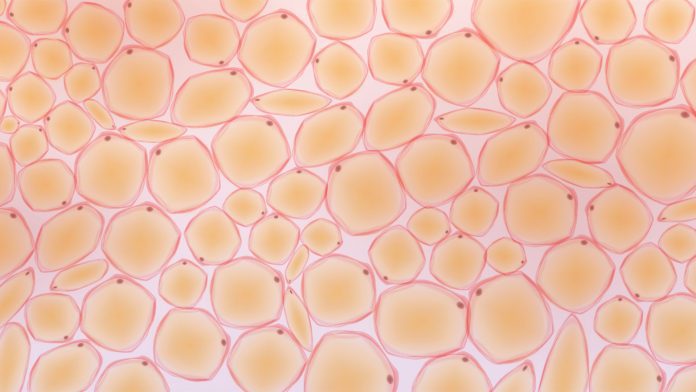
A new study has revealed the key mechanism behind brown adipose tissue, which could help scientists understand how to prevent and treat obesity.
Global levels of obesity have tripled since 1975, with more than 650 million people being affected by the condition across the world. Obesity is linked to a range of other health issues and can cause conditions such as type 2 diabetes, osteoarthritis, cardiovascular disease, and certain forms of cancer.
Researchers from the University of Barcelona and the Institute for Research in Biomedicine Barcelona (IRB) have recently come to understand the mechanism that regulates the correct formation of brown adipose tissue through a natural cell renewal process called autophagy. The researchers now understand the way in which the NCRO1 Protein, which regulates several genes, is degraded through autophagy to ensure the correct development of tissue
How does adipose tissue work?
The body manages fat reserves through two types of adipose tissue. These are white adipose tissue, which stores energy reserves in the form of fat lipids and brown adipose tissue, which oxidises lipids to produce heat.
The Complex Metabolic Disease and Mitochondria lab at the IRB has spent years studying the NCOR1 protein. Using mouse models, the researchers were able to confirm the association between insufficient or defective tissue and higher levels of obesity.
“There is a clear correlation between low levels of brown adipose tissue and obesity, but we still don’t know if it is a cause or a consequence. Our discovery paves the way to intervening in autophagic processes to reinforce this brown adipose tissue and thus prevent or treat obesity and other associated metabolic diseases,” said Dr Zorzano, a Professor at the Faculty of Biology at the University of Barcelona.
Autophagy is key to body fat regulation
Through autophagy, cellular components are degraded naturally. It was initially believed that this process was primarily devoted to “clearing up” damaged or aged elements. However, over recent years scientific evidence has begun to suggest that autophagy is key to the regulation of cellular function by eliminating proteins that perform certain functions.
The IRB and University of Barcelona study confirmed the link between autophagy and obesity through the development of brown adipose tissue.
Now that a novel molecular explanation for the contribution of autophagy to brown tissue energy has been established, scientists and medical professionals can use this information to design new therapeutic strategies against obesity and its metabolic complications.
“In a previous study, we also observed that the TP53INP2 protein has the opposite effect on white adipose tissue formation, that is, it represses this process. This makes this protein an ally for healthier management of fats since it promotes its oxidation and prevents its accumulation,” said Dr Alba Sabaté, a postdoctoral researcher from the Complex Metabolic Disease and Mitochondria lab and first author of the study.









